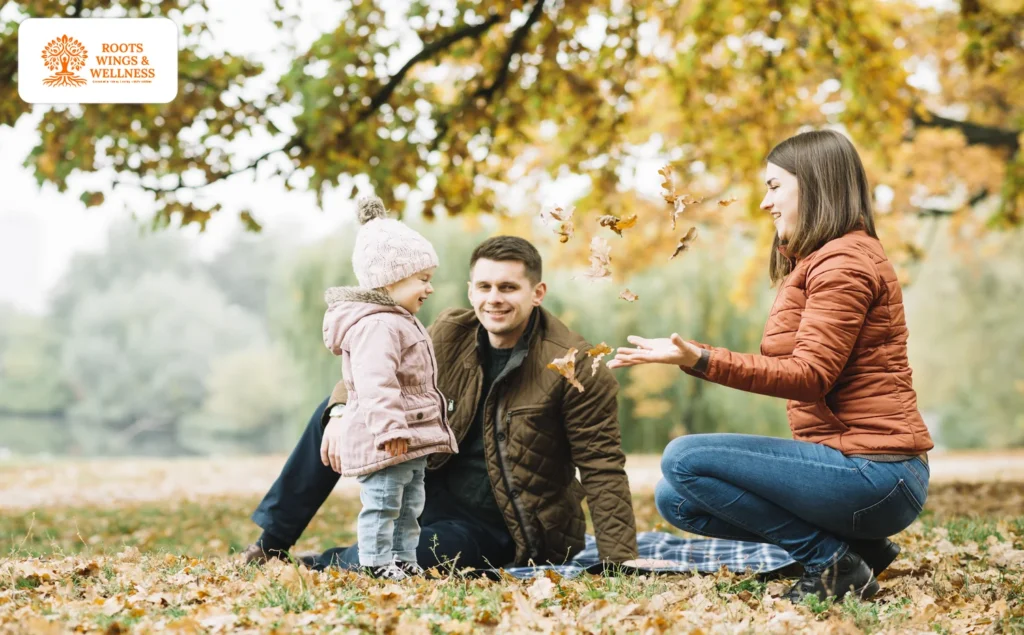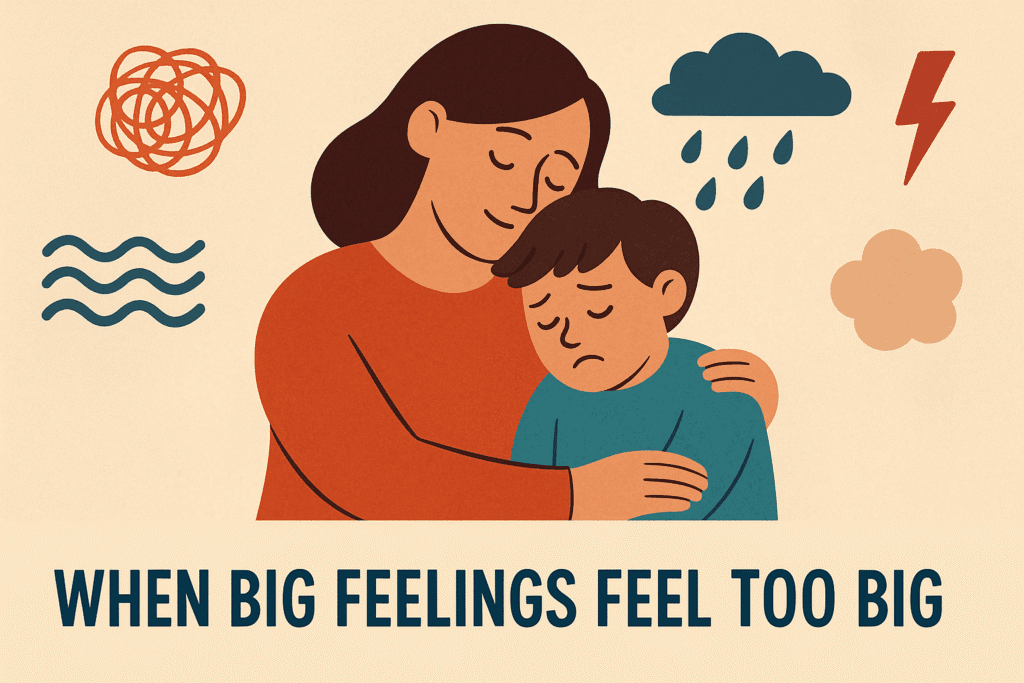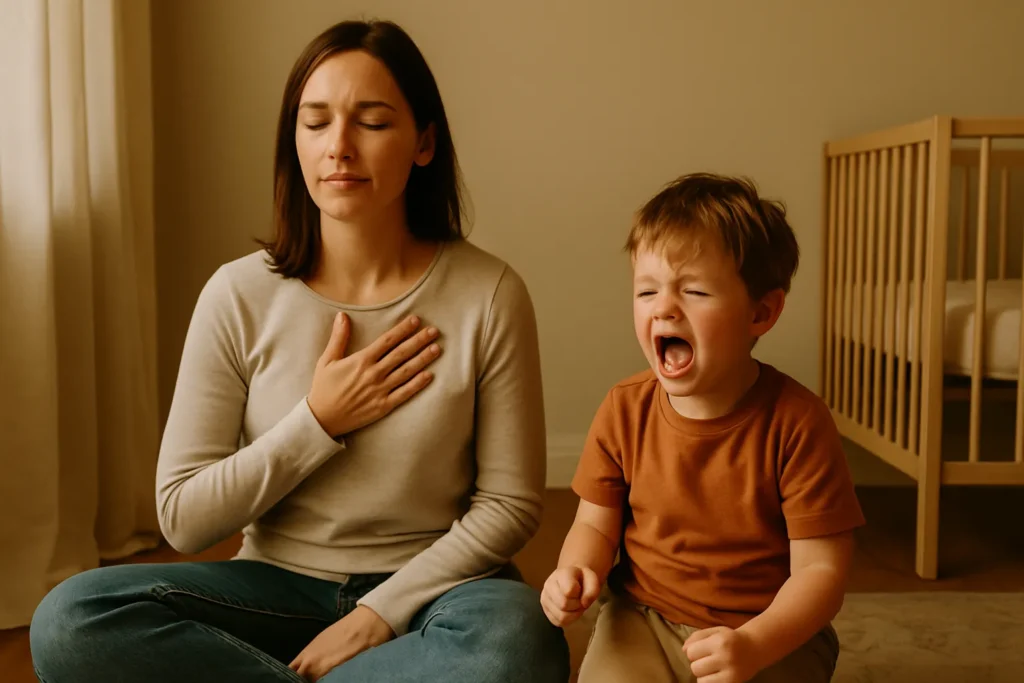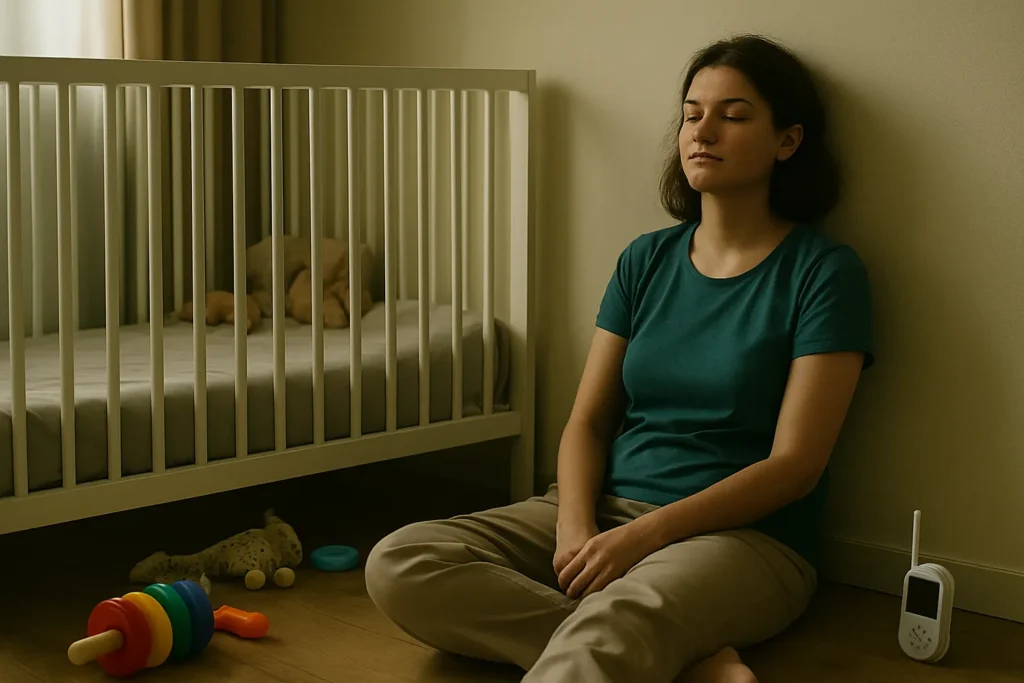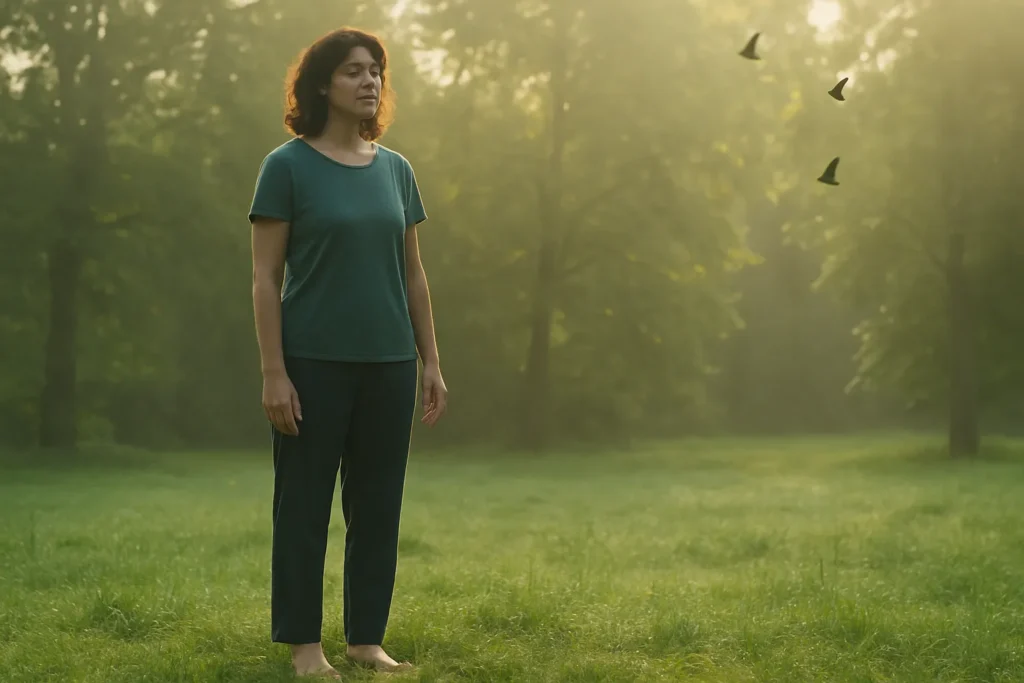Introduction: Is Happiness a Choice or a Skill?
We all know someone who seems to glow with joy—someone who radiates positivity even when life throws curveballs. Meanwhile, others struggle to feel content, even when everything looks good on paper.
So what’s the secret? Is happiness something you’re born with, or can it be cultivated?
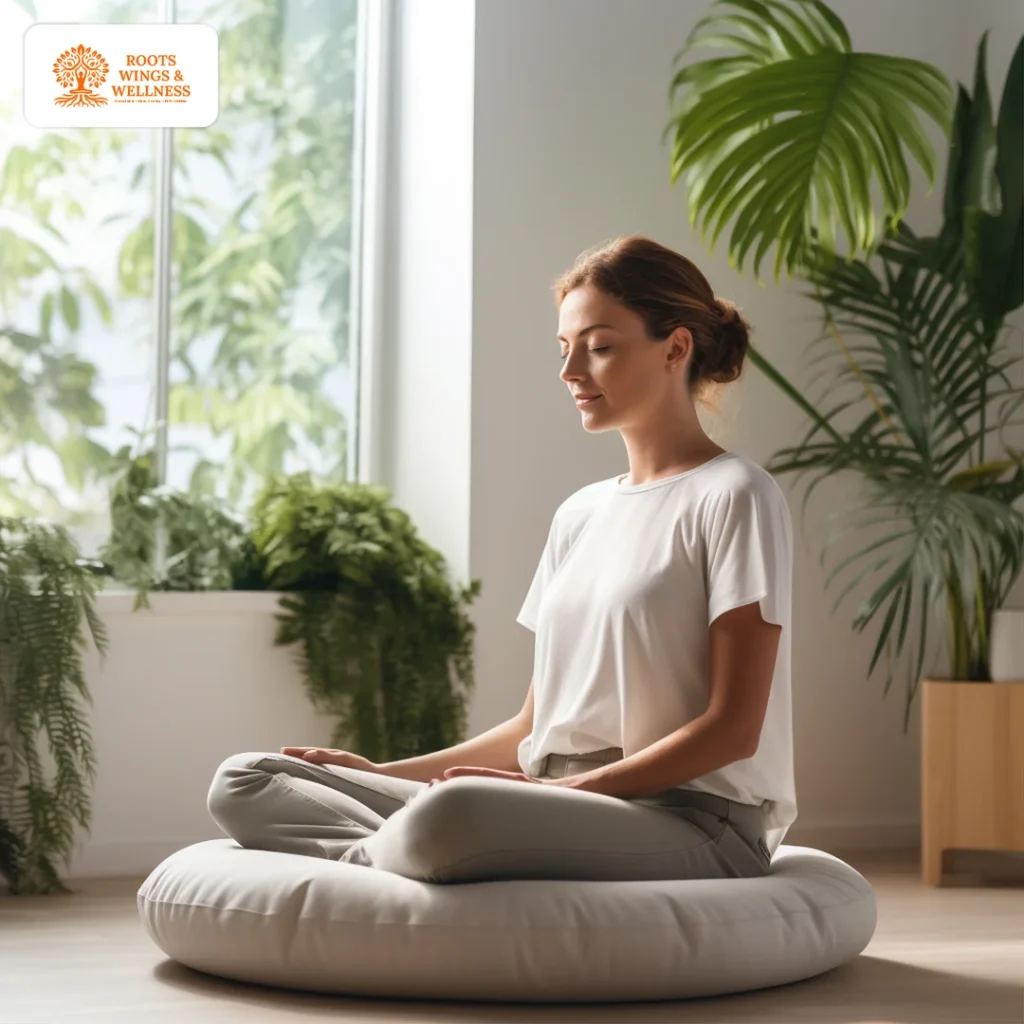
International Happiness Day 2025: 5 Simple Ways to Cultivate Lasting Joy
According to the science of happiness, it’s both. While genetics and life circumstances play a role, studies in neuroscience show that happiness is a trainable skill—one you can develop with daily habits, positive thinking techniques, and a little self-awareness. Just like building muscles, we can train the brain for positivity by creating new thought patterns, shifting focus, and rewiring how we react to life.
Ready to learn how? Let’s explore the science and psychology behind happiness—and how you can use it to create real, lasting change in your emotional well-being. Cultural neuroscience: Why festivals boost happiness.
Table of Contents
The Science Behind Happiness & Positive Thinking

HapHappiness isn’t just a “nice to have.” It’s a biological process deeply rooted in the brain.
Thanks to neuroplasticity, your brain is constantly rewiring itself. That means your thoughts, emotions, and daily choices actually shape your brain over time. The more you practice gratitude, mindfulness, and kindness, the stronger your brain’s “happiness circuits” become.
🧬 Key Brain Chemicals That Influence Happiness:
- Dopamine: Your brain’s “reward chemical.” It’s released when you achieve a goal or experience something pleasurable.
- Serotonin: Helps regulate mood and emotion. It’s boosted by sunlight, healthy food, and social interaction.
- Oxytocin: The “bonding hormone,” released through connection, hugs, and emotional closeness.
- Endorphins: Natural pain relievers, released through laughter, movement, and moments of joy.
These chemicals work together to create the experience of happiness—and through positive thinking techniques, we can naturally enhance their production.
Fun Fact: Studies show that just 10 minutes of gratitude journaling can increase dopamine and serotonin levels significantly.
How To Be More Positive – Daily Practice
You don’t need to overhaul your entire life to feel happier. Small, intentional shifts—done consistently—can literally reshape how your brain interprets the world.
Here are science-backed, daily habits that help you build a more positive mindset:

1. Gratitude Journaling: The Power of Positive Reflection
One of the simplest ways to rewire your brain for positivity is by writing down things you’re thankful for. Gratitude helps shift your focus from what’s lacking to what’s abundant.
How to Practice:
- Every morning or night, jot down 3 things you’re grateful for.
- Be specific: “I’m grateful for the warm chai I had with my partner this morning.”
- Revisit your journal on tough days—it’s your emotional bank account.
Science Says: Gratitude journaling increases optimism, boosts immune function, and lowers depression levels.
2. Affirmations & Visualization: Reprogramming Your Mindset
Your thoughts shape your reality. If you constantly tell yourself, “I’m not good enough,” your brain will reYour mind believes what you repeat. Whether it’s “I’m not good enough” or “I’m growing stronger every day”—your thoughts create your reality.
How to Use Positive Affirmations:
- Choose phrases like: “I deserve happiness,” “I’m capable of overcoming challenges,” or “Every day, I become more positive.” Develop a growth mindset.
- Say them aloud while looking in the mirror.
- Visualize how that version of you thinks, feels, and acts.
Over time, your brain starts reinforcing those pathways, making them your default thinking style.
3. Mindfulness & Meditation: Presence is the Gateway to Peace
When your mind constantly races between the past and future, it’s hard to find peace. Mindfulness pulls you into the present moment—where happiness naturally lives. Meditation for Beginners: A Step-by-Step Guide to Inner Calm
Simple Practices:
- Take 5 slow breaths before starting your day.
- Eat one meal in complete silence and savor each bite.
Research Insight: Regular mindfulness practice reduces activity in the brain’s fear center (the amygdala), making you less reactive and more emotionally balanced.
How to Overcome Negative Thinking Patterns

Even the most positive people have down days. The goal isn’t to eliminate negativity—it’s to recognize it and respond differently.
Common Negative Thought Traps:
- Catastrophizing: Always imagining the worst outcome.
- Black-and-White Thinking: Seeing only extremes (“I failed” vs. “I’m perfect”).
- Mind Reading: Assuming others are judging you or thinking badly of you.
How to Reframe:
- Ask: “Is this thought true—or just a fear?”
- Replace: “I’m terrible at this” → “I’m still learning, and that’s okay.”
- Write it down. Journaling helps distance you from the spiral.
Tip: Just because a thought feels real doesn’t mean it is real.
The Connection Between Happiness and Mental Health
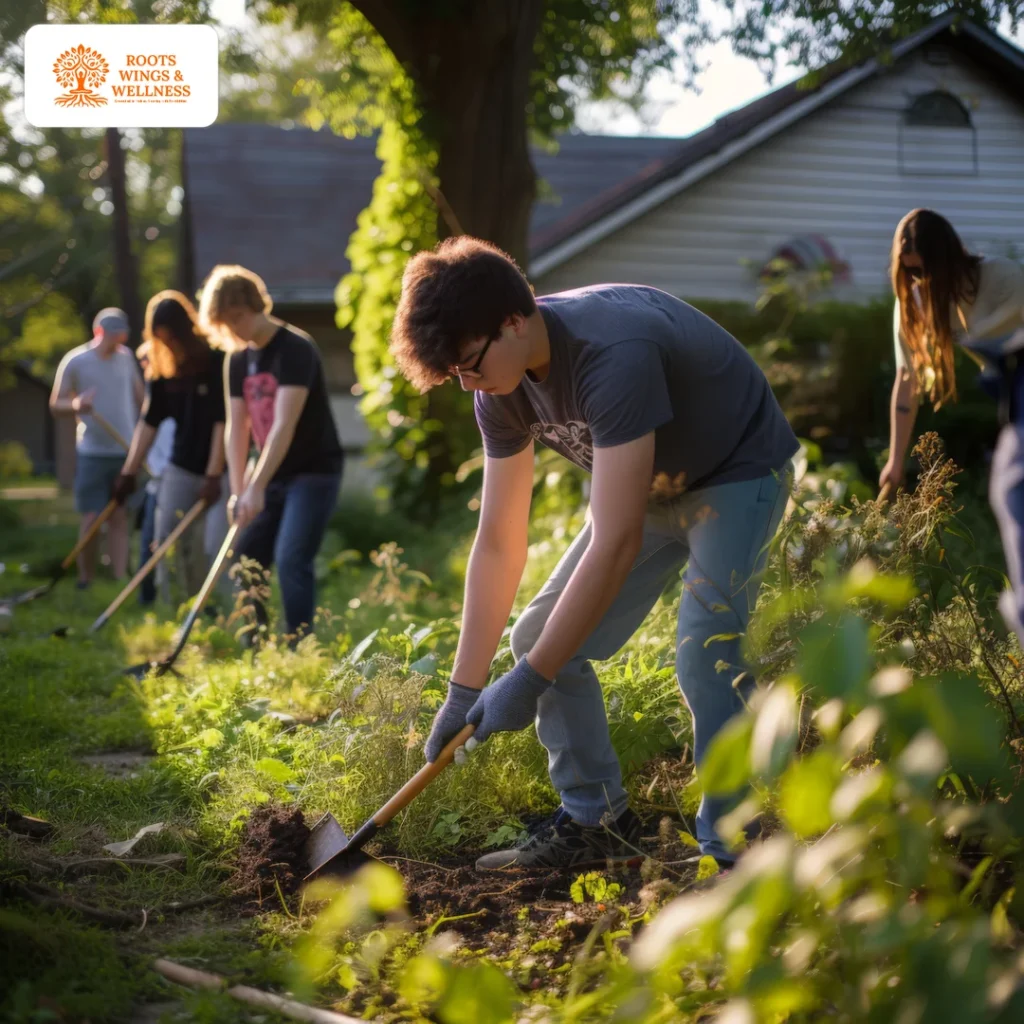
Your emotional wellness and mental health go hand in hand. The science of happiness tells us that daily positive habits don’t just make you feel better—they actually protect your mental health.
Here’s How Happiness Supports Mental Wellness:
- Stronger Resilience: Happier people recover from setbacks faster.
- Lower Cortisol: Positivity reduces stress hormone levels.
- Improved Sleep: Optimism leads to better sleep quality and fewer insomnia episodes.
Don’t Forget the Body-Mind Link:
- 🏃 Movement boosts endorphins
- 🥗 Nutrition affects mood (especially omega-3s and gut health) superfoods
- 🛏️ Sleep regulates emotional control and clarity
Want a deeper self-care plan? Check out How to Build a Self-Care Routine That Actually Works for a step-by-step guide.
Long-Term Strategies to Cultivate Happiness

Daily habits are the foundation, but for deeper and more sustainable joy, focus on building meaning and connection into your life.
1. 👥 Build Deep Social Connections
We’re wired for community. Genuine human connection releases oxytocin and gives us a sense of belonging and purpose.
Try This:
- Schedule weekly phone calls or coffee catch-ups with friends.
- Be present in your conversations—put the phone away.
- Express appreciation to people you love. It boosts your mood too.
2. 🌱 Live with Purpose
When you align your actions with your values, joy flows naturally.
Ask Yourself:
- What energizes me?
- Where can I serve others meaningfully?
- What small act of kindness can I do today?
Whether it’s volunteering, mentoring, or simply helping a neighbor—doing good feels good. How to Find Your Life Purpose & Passion: The Ultimate Self-Discovery Guide
Conclusion: Happiness is a Skill—Train It Daily

The science of happiness shows us something powerful: you’re not stuck with the mood or mindset you have today. Your brain is adaptable. Your thoughts are changeable. And your joy? It’s something you can grow—bit by bit, breath by breath.
Every time you practice gratitude, silence self-doubt, or tune into the present moment, you’re rewiring your brain for a brighter, more resilient version of yourself.
🌟 Your next step?
Choose one technique from this guide and start today. Whether it’s a gratitude journal or a two-minute breathing break—it all counts.
You’re not chasing happiness. You’re building it.
Check out our insightful articles on personal growth and wellness at Roots, Wings & Wellness.
Additional resources
Harvard Health Publishing – “Giving Thanks Can Make You Happier”
This article discusses how practicing gratitude can improve overall happiness and well-being.
Greater Good Science Center – “How Gratitude Changes You and Your Brain”
This piece explores the psychological and neurological effects of gratitude practices.
Psychology Today – “7 Scientifically Proven Benefits of Gratitude”
This article outlines research-backed benefits of incorporating gratitude into daily life.
FAQ’s
Honestly, it’s not just a trendy idea—it’s backed by real neuroscience. The brain’s pretty adaptable, more than we give it credit for. You do something over and over—like practicing gratitude or slowing down to breathe—and your brain actually starts building new wiring around it. It’s not magic, but it is kind of amazing. It doesn’t mean every day becomes perfect, but your brain gets better at noticing the good stuff instead of always bracing for the worst.
You might lean that way—and you’re definitely not alone—but it’s not set in stone. Our minds love habits, even the unhelpful ones. The cool part is, with small changes, like flipping a “what if” fear into a “what if it works?” thought, you slowly train your brain for positivity, to soften that constant worry loop. You’re not trying to force sunshine where it doesn’t fit—you’re just making space for a bit more light.
That’s a big one. Real positivity isn’t about ignoring pain or pretending life’s great when it’s not. It’s about saying, “Yeah, this is hard… and I can still move forward.” It’s not fake—it’s actually braver than pretending. True positivity is honest, grounded, and hopeful all at once.
Probably nothing. Some of the most powerful Positive thinking techniques don’t feel magical at first—they’re subtle, like brushing your teeth. If journaling doesn’t click, try voice notes. If meditation feels like a struggle, try mindful walking or just sitting in silence for a minute or two. You don’t need a perfect routine. You need something you’ll come back to. That’s where the real shift happens.
Start by being real. “I’m doing my best today” is positive. So is “I’m proud of how I handled that conversation,” even if the day wasn’t great. That is training your brain for positivity. Positivity isn’t about always smiling—it’s about the story you tell yourself when things get messy. Try talking to yourself like you would to someone you love. That’s where it begins.



